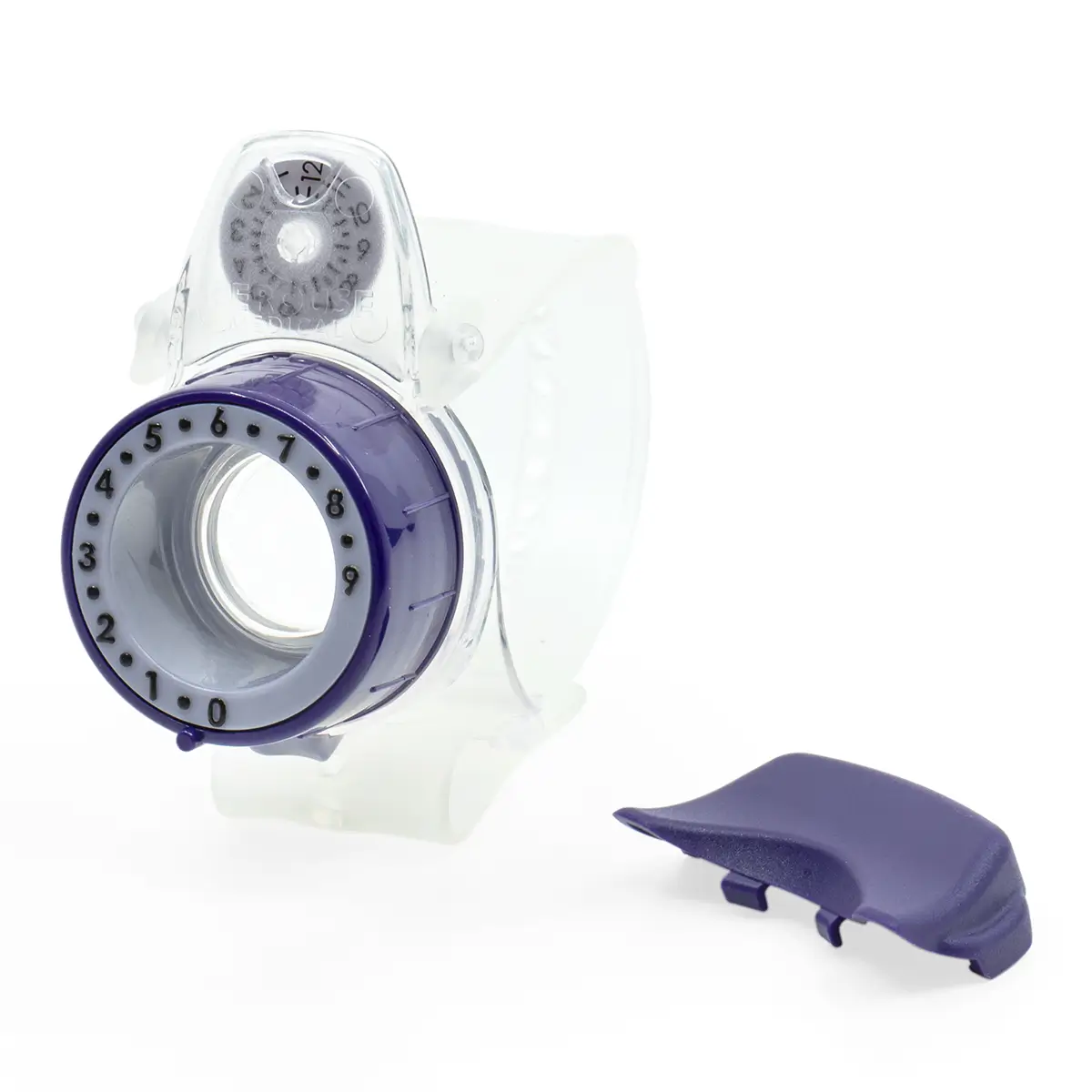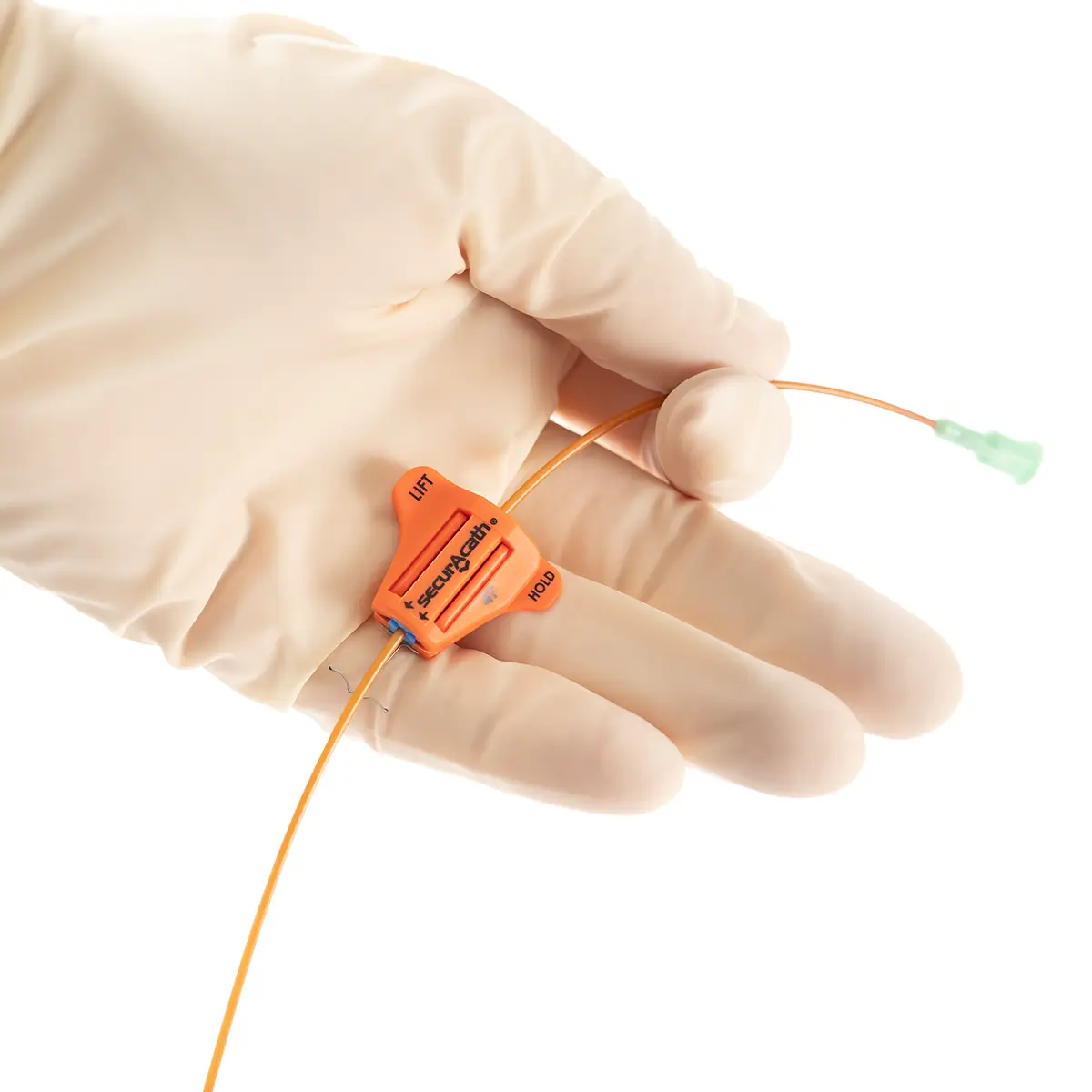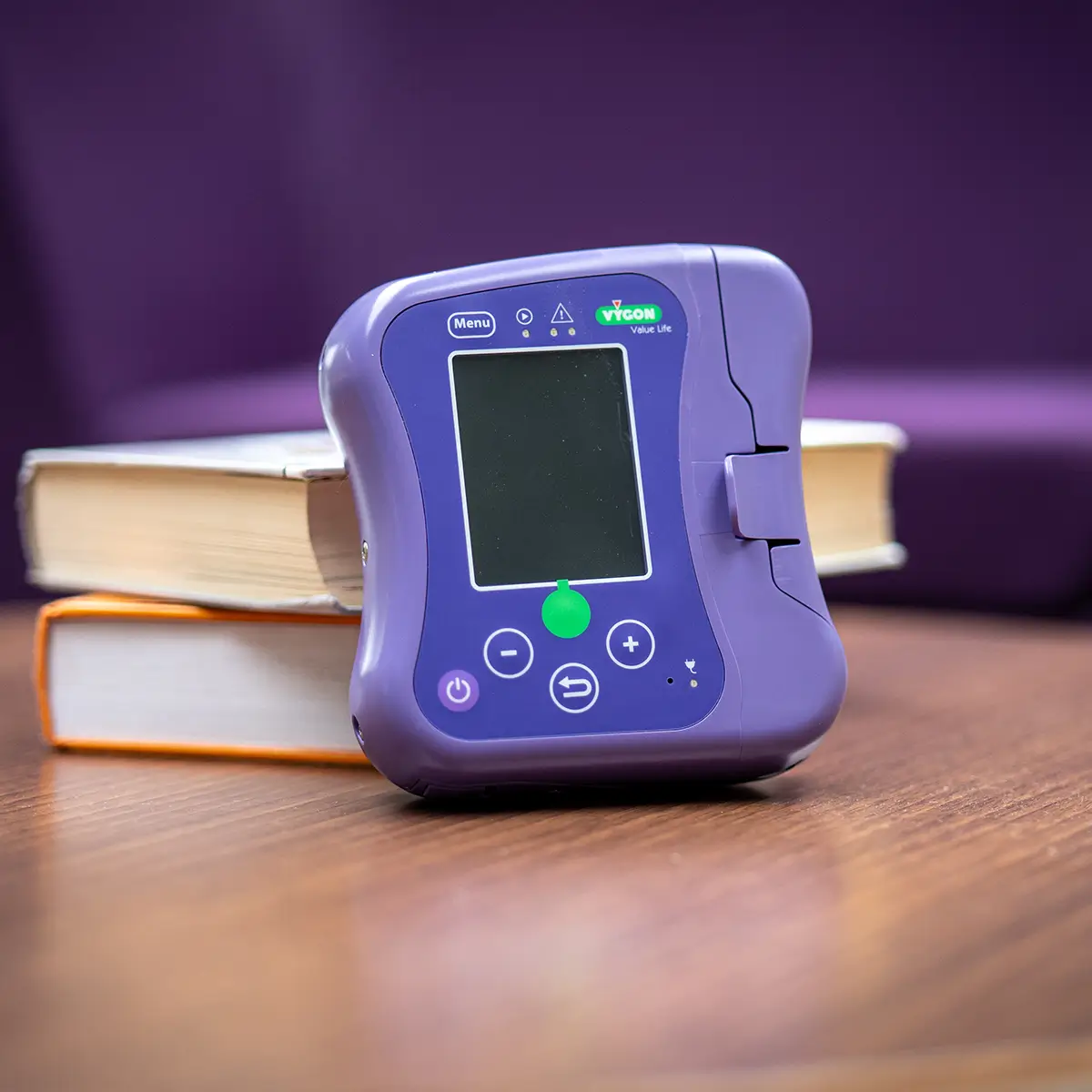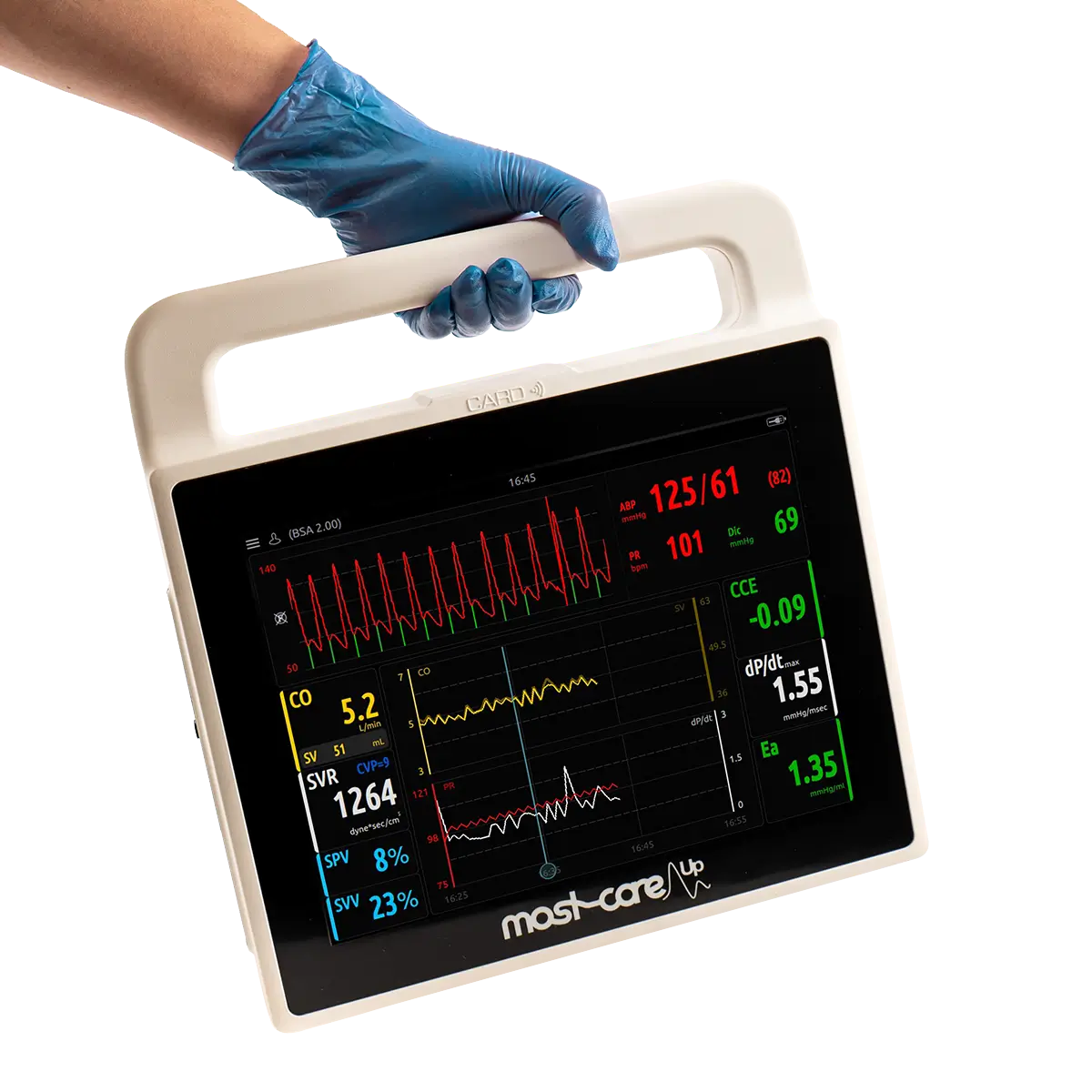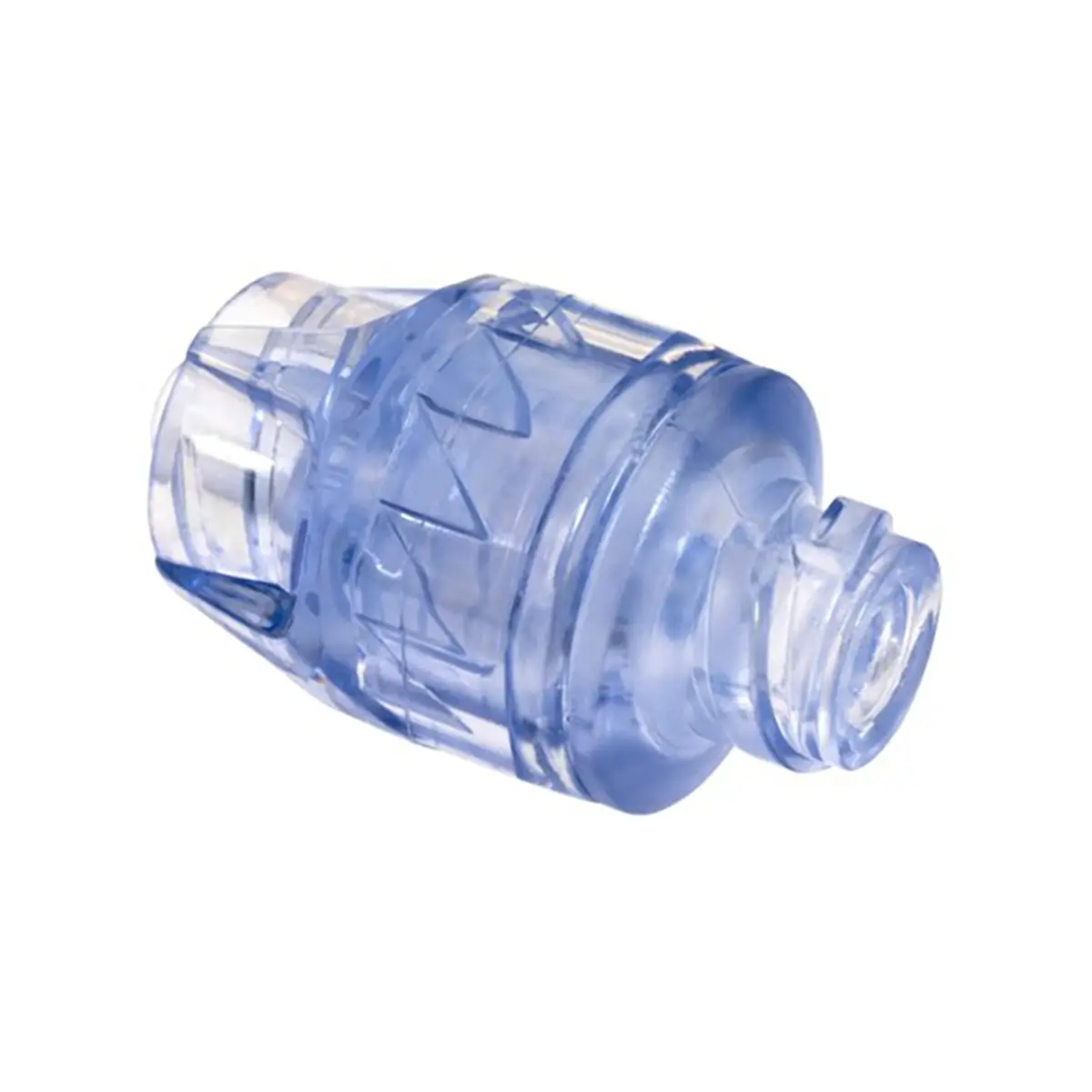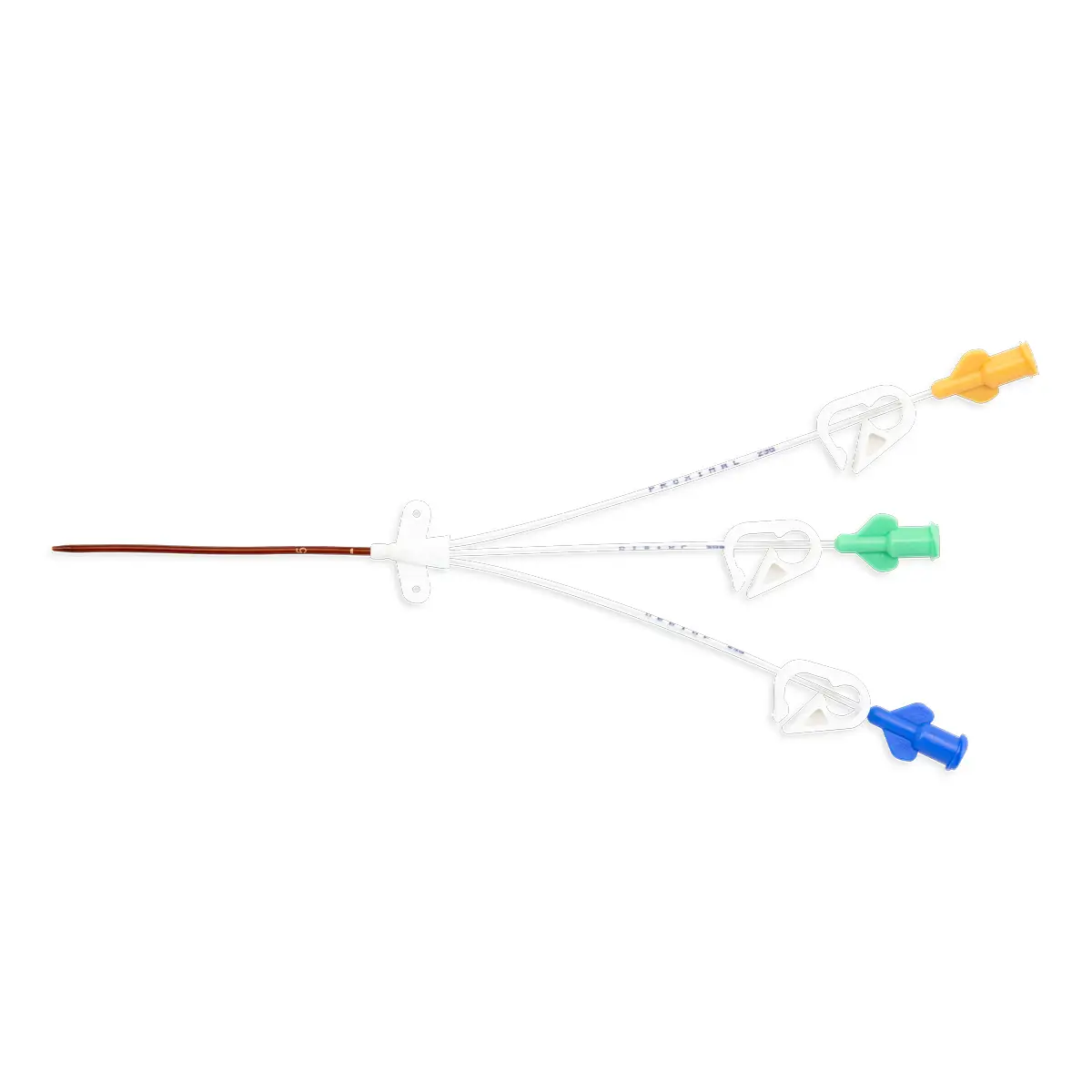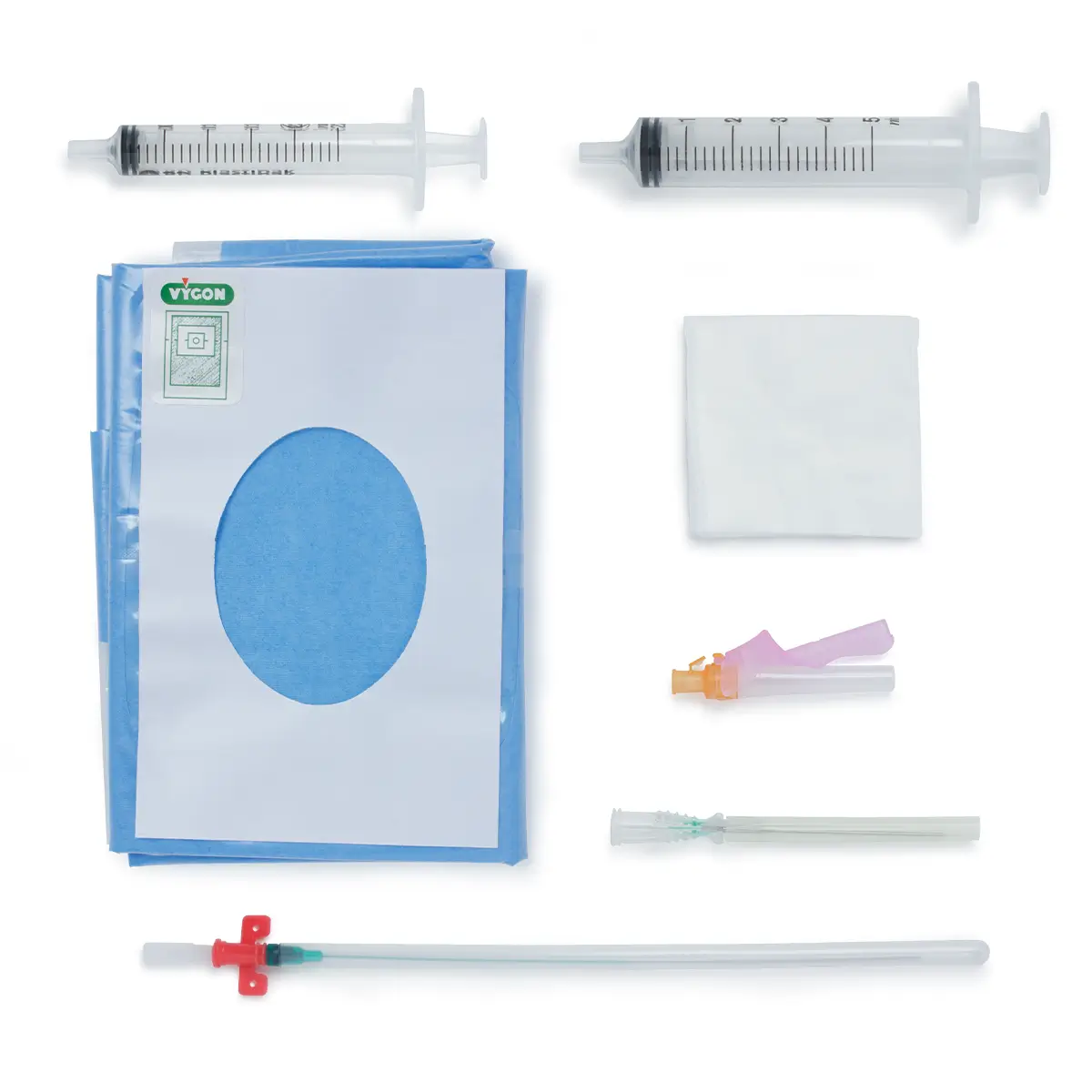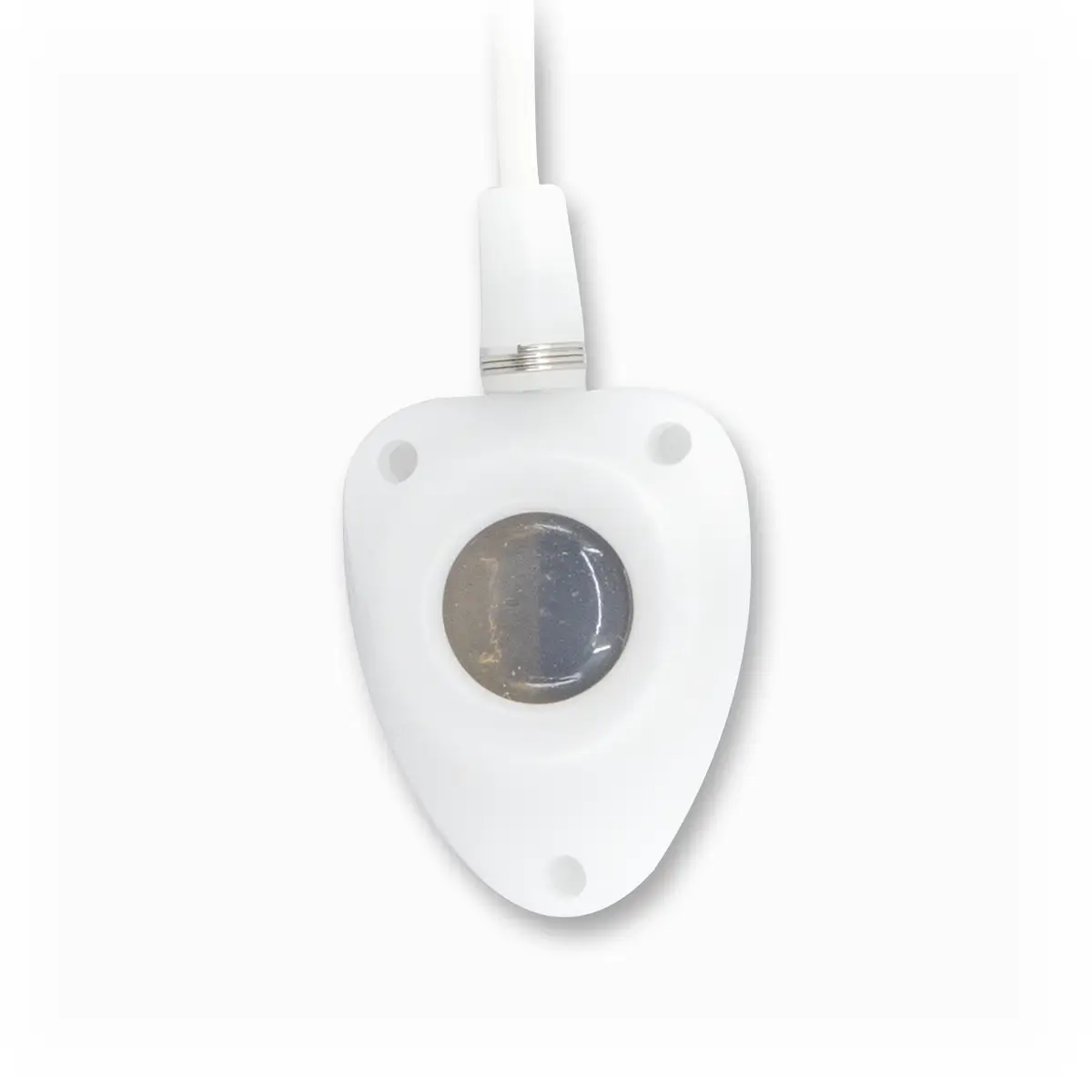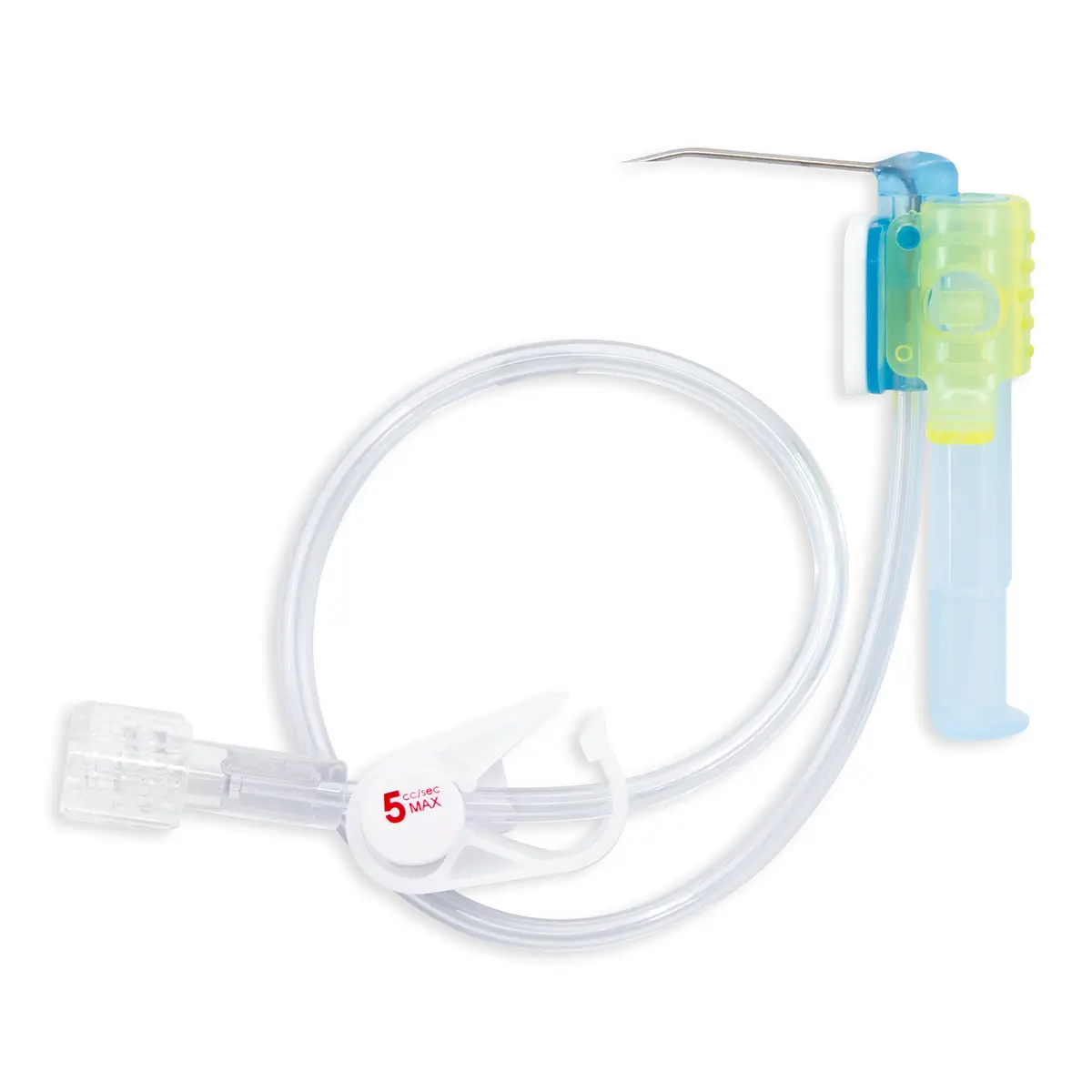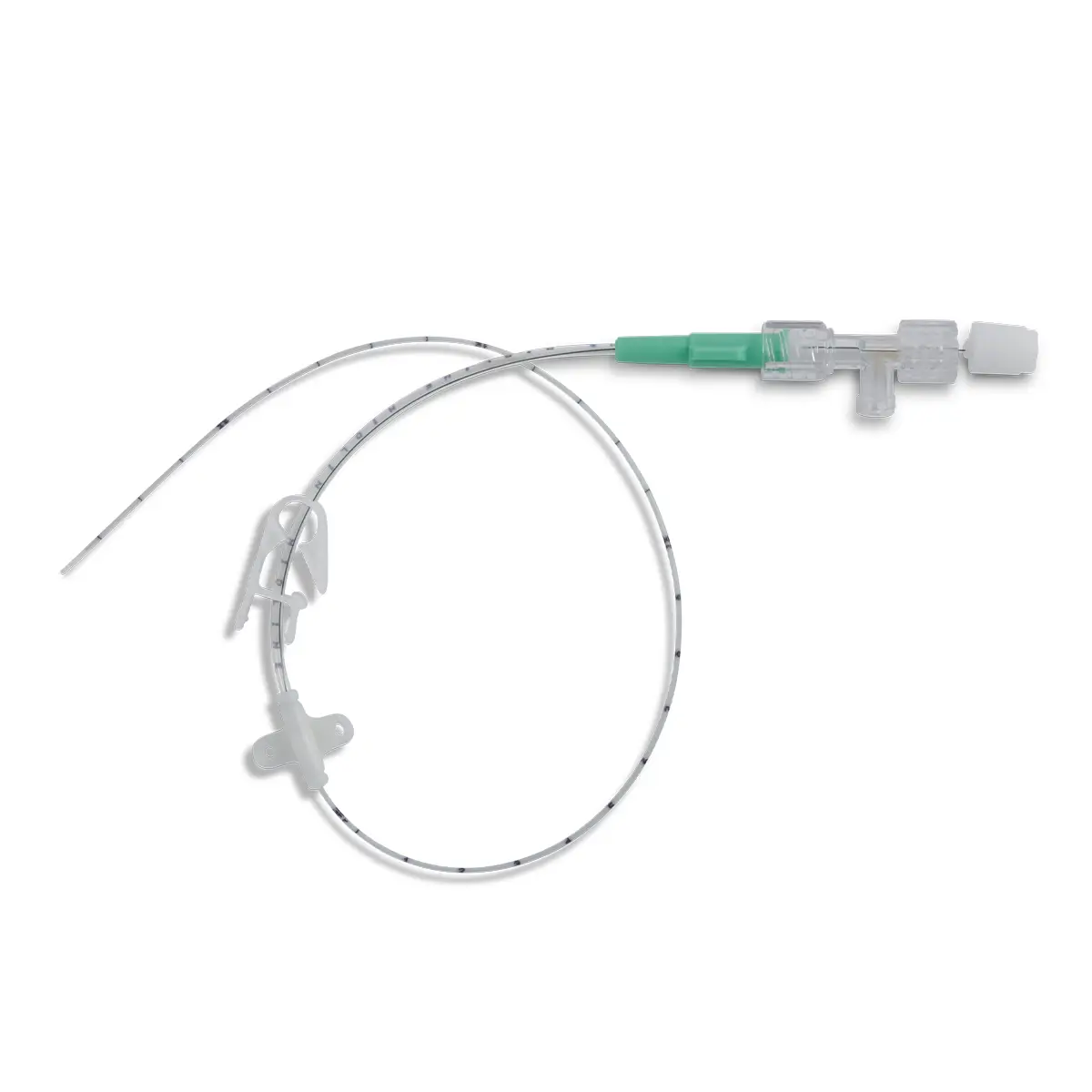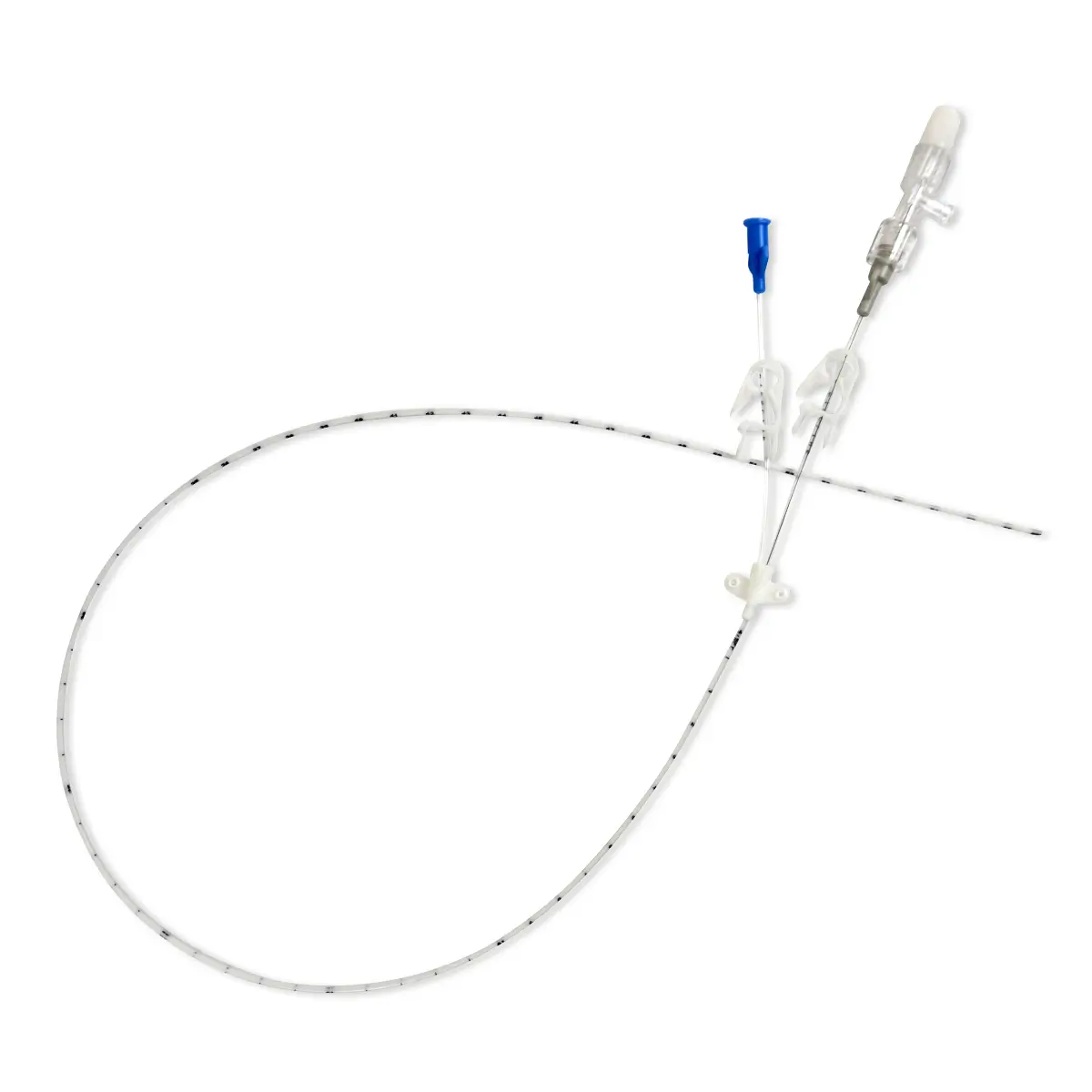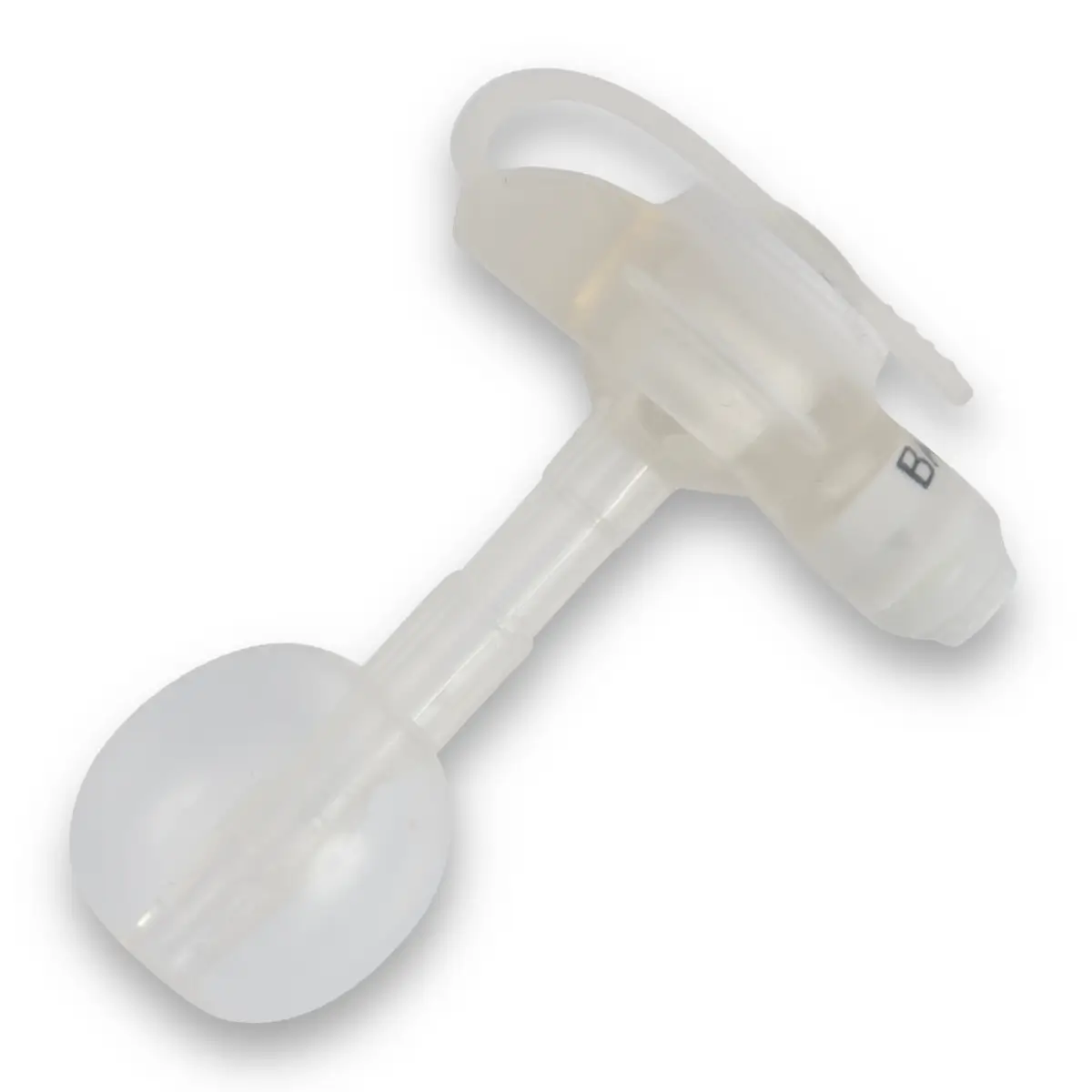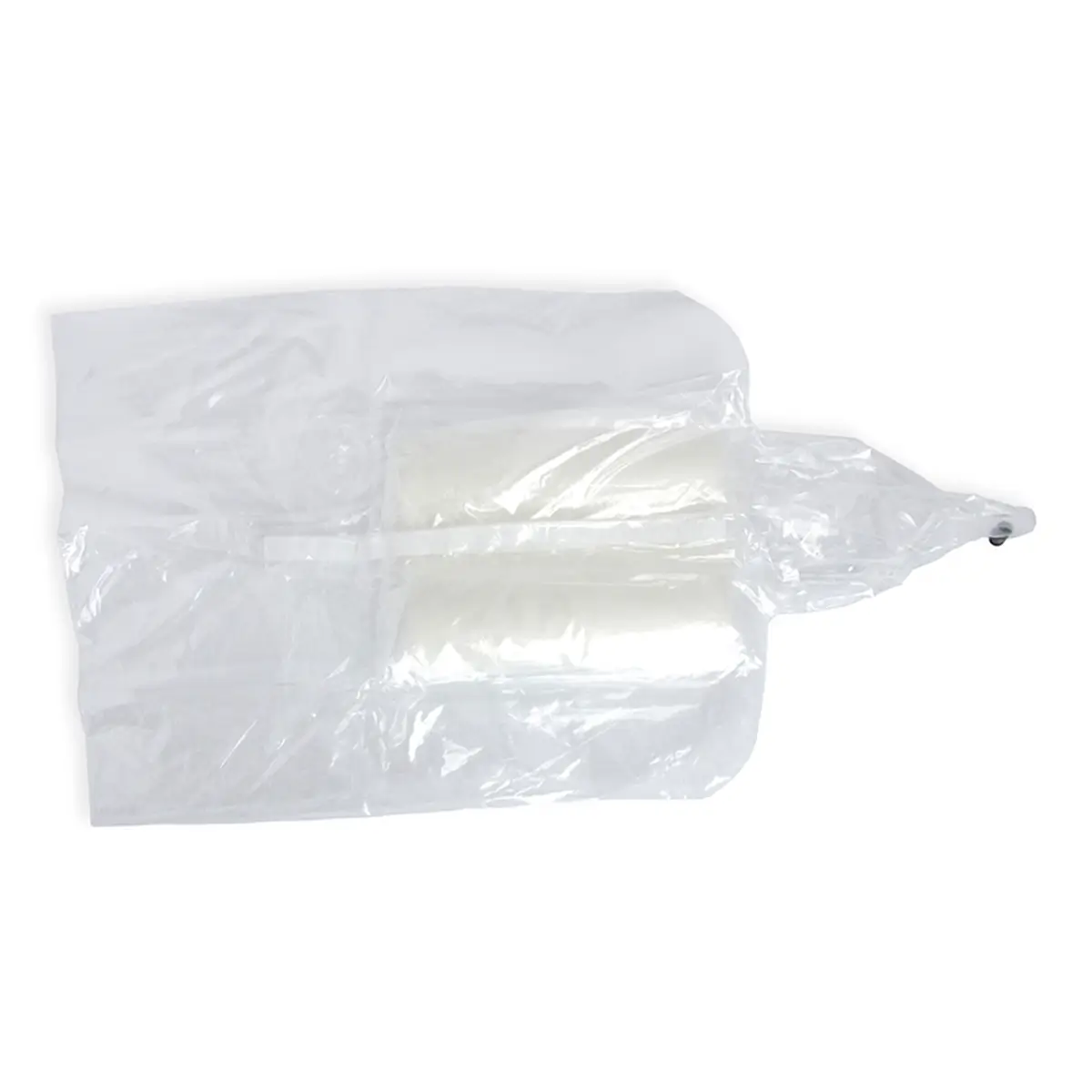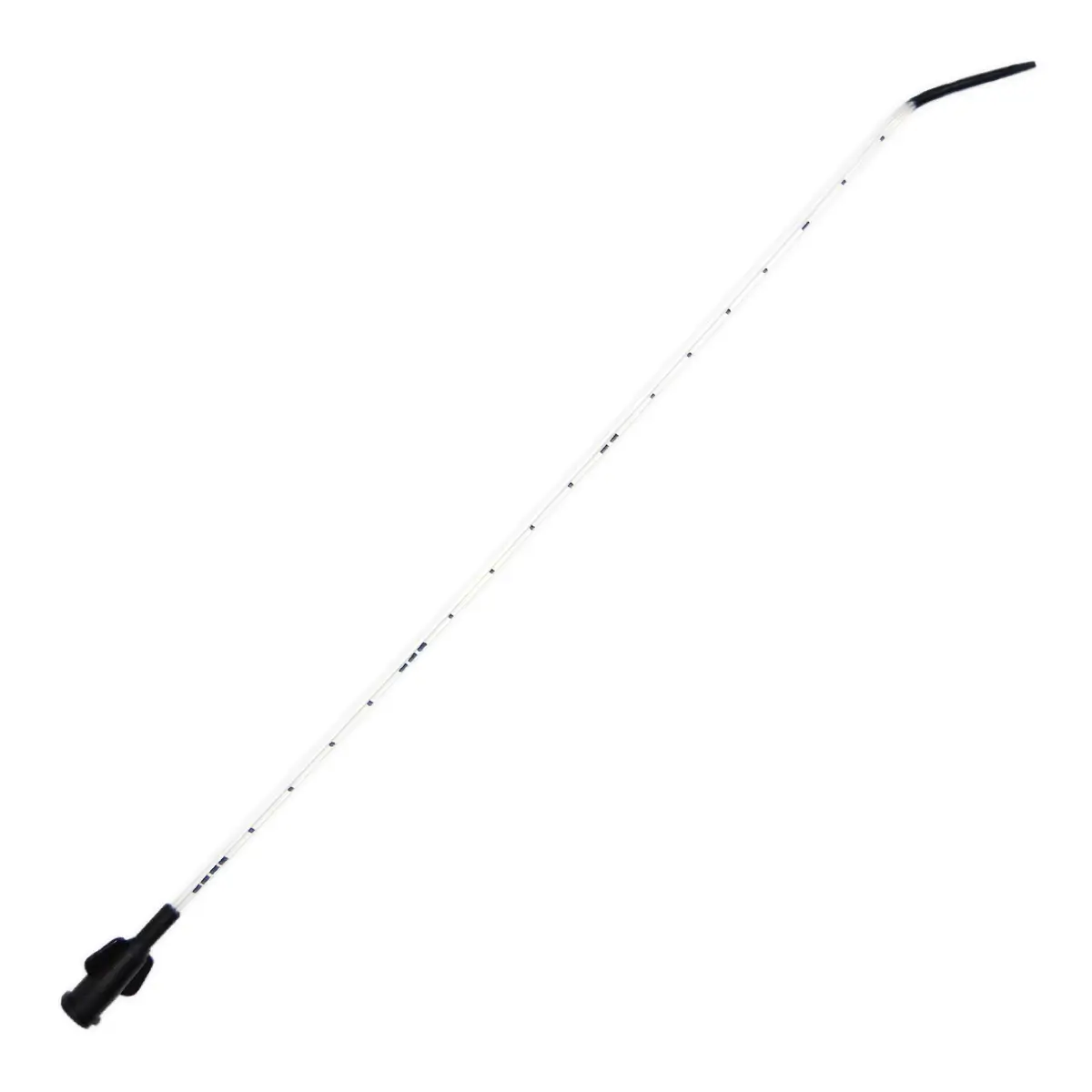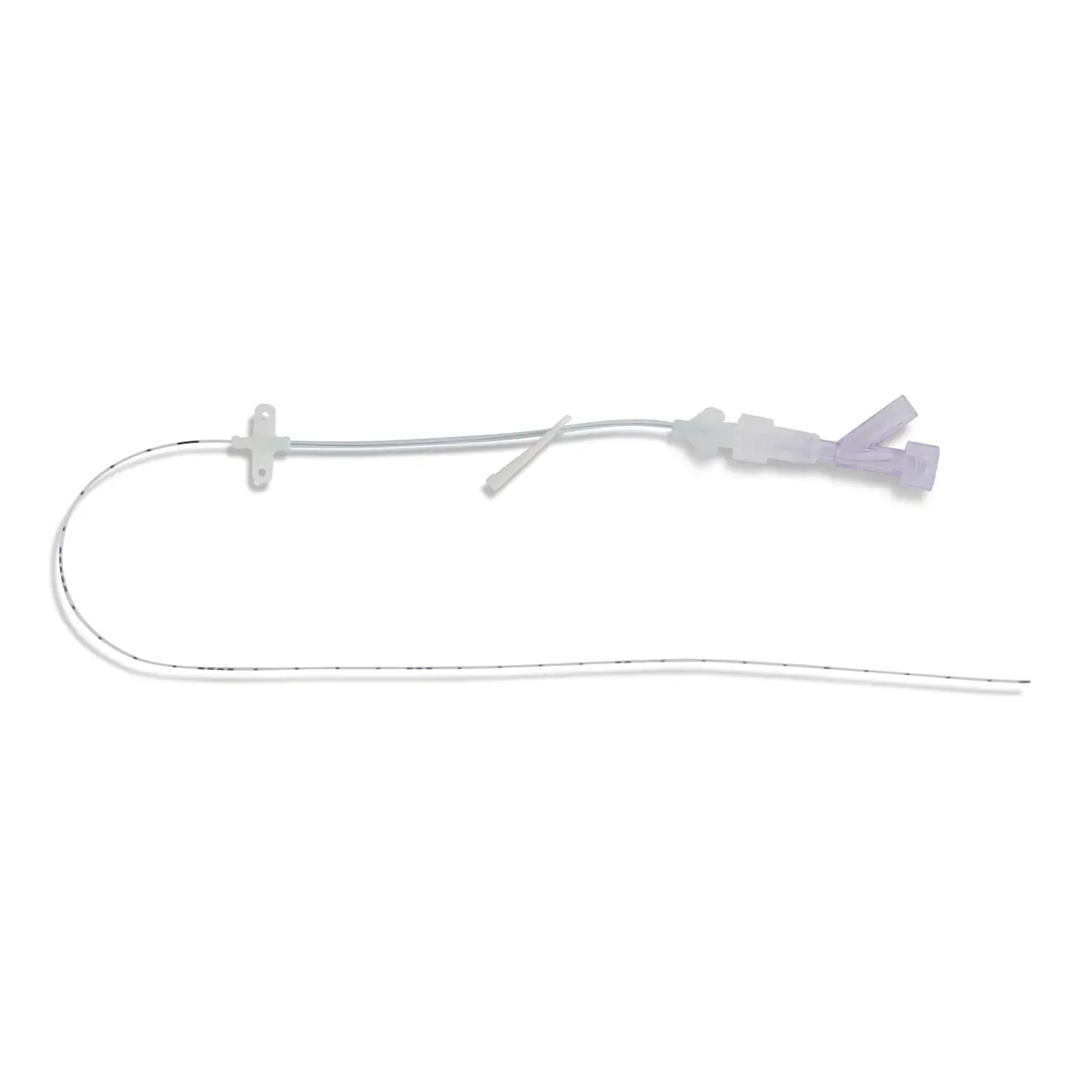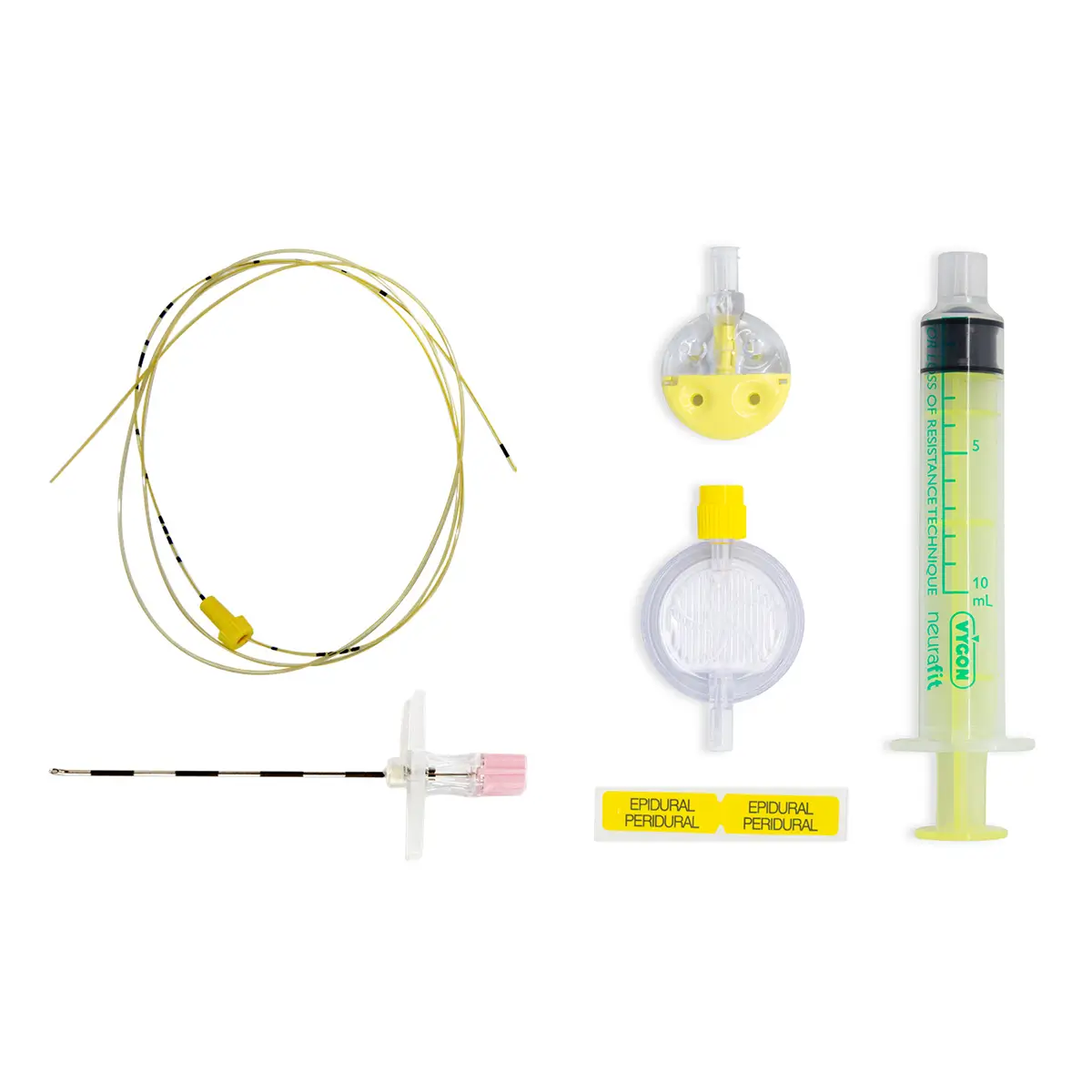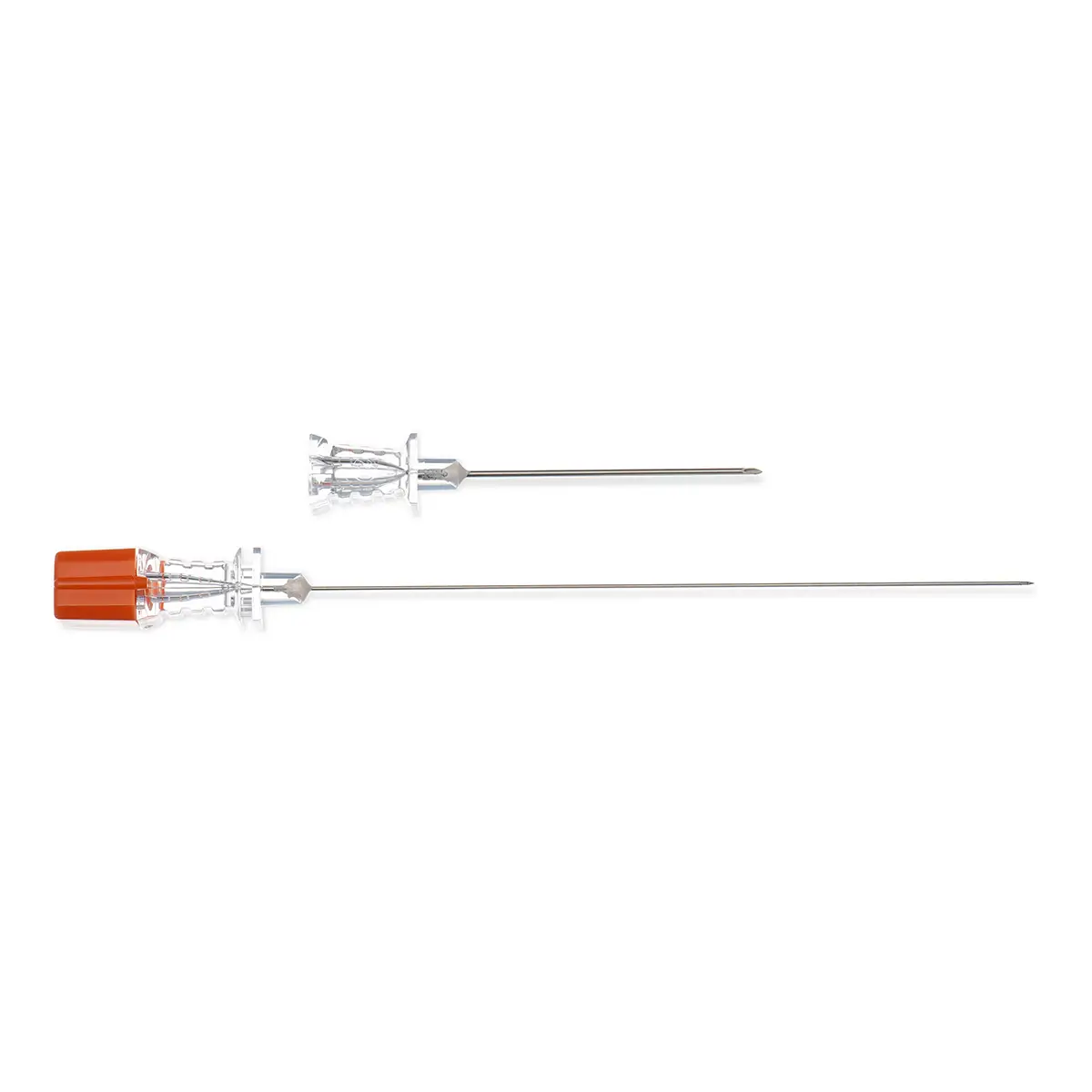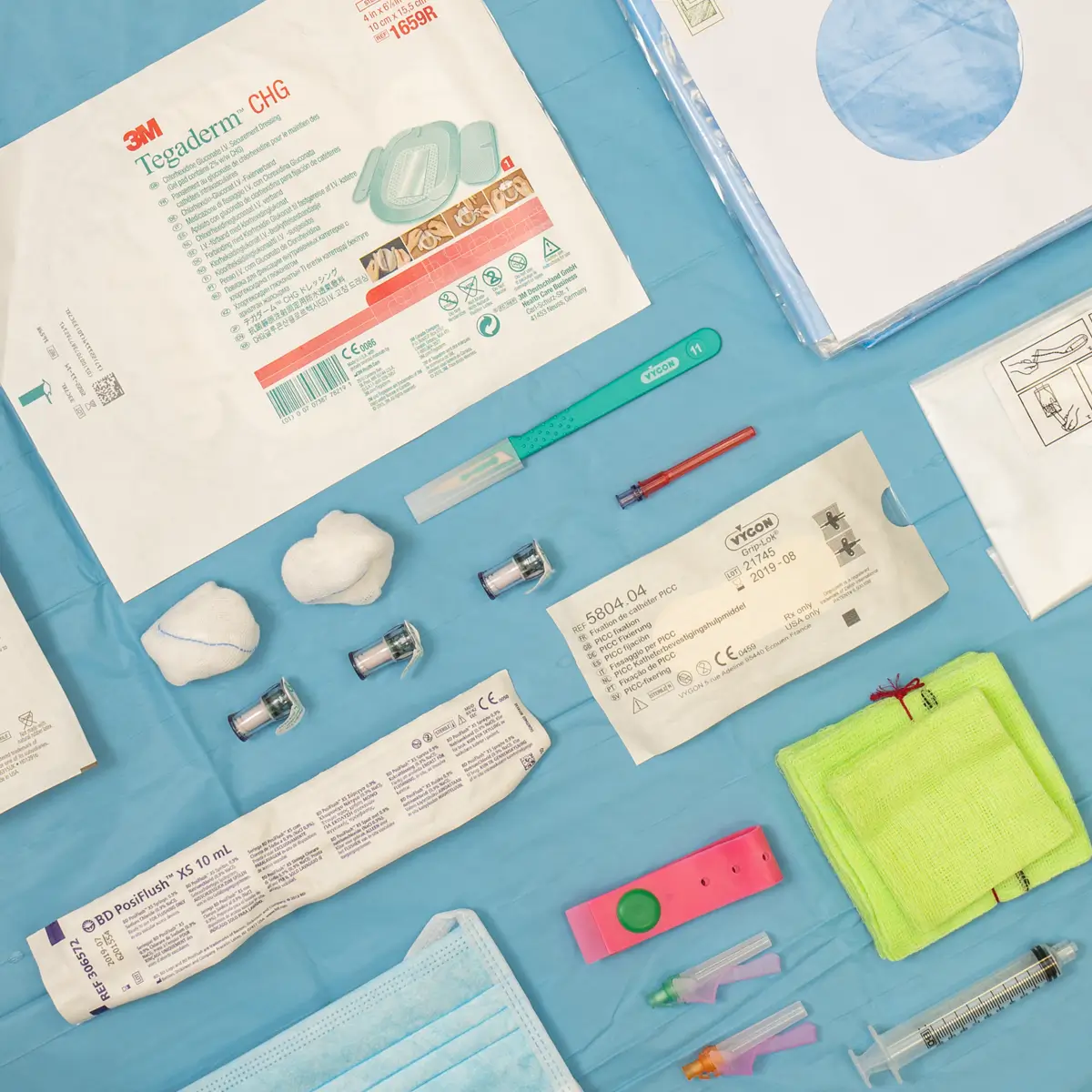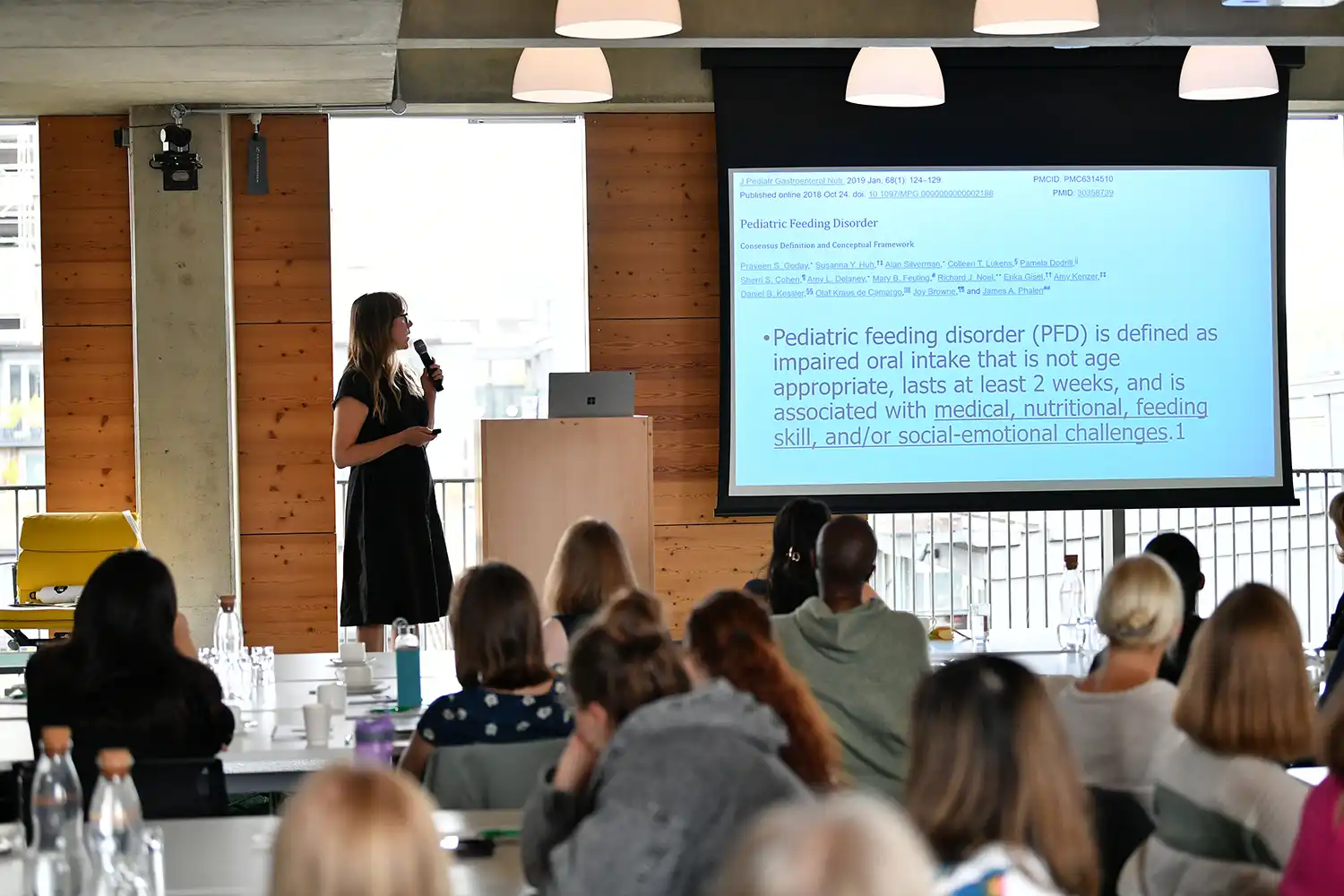Utilising haemodynamic monitoring in your patients
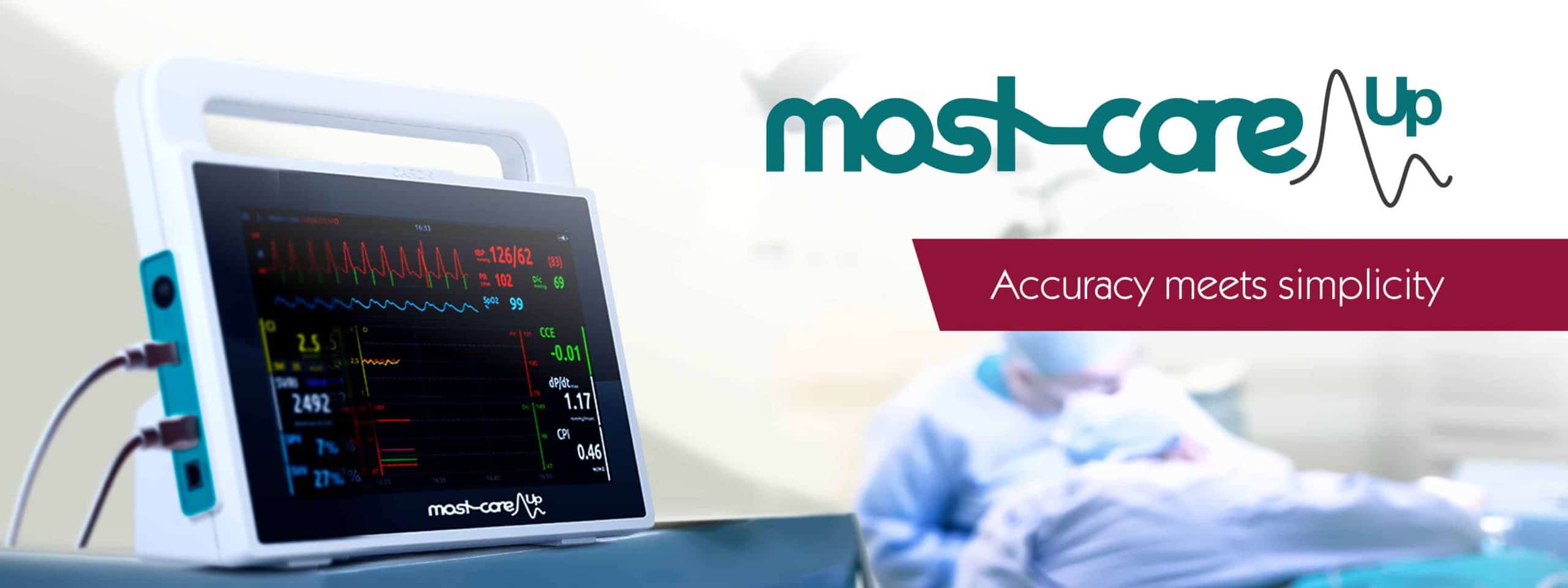
Our Hemodynamic monitor Mostcare, gives clinicians access to this invaluable patient monitoring via ANY Arterial Line, making it more accessible to patients than ever before. Clinical examination along with haemodynamic monitoring & industry standard variables aim to guide medical management so as to prevent or treat organ failure and improve the outcomes of our patients.
Pressure & Pulse Rate:
ABP – Arterial Blood Pressure:
PRAM measures systolic pressure as the maximum pressure value during the left ventricular ejection phase and diastolic pressure as the true end-diastolic pressure (not always corresponding to the lowest pressure value in cardiac cycle). Mean arterial pressure is calculated with standard formulas: A. Standard wave B. Dicrotic pressure lower than diastolic pressure.
PR – Pulse rate
Pulse rate is the number of effective heart beats per minute detected from the arterial blood pressure signal.
MostCareUp actually gives the number of mechanical pulses, independently from the electrical rate of contraction (e.g. ineffective ectopic beats).
PP – Pulse Pressure
Pulse pressure is the difference between the systolic and diastolic pressure.
PP is a surrogate marker of arterial stiffness, it represents the relationship between left ventricle ejection and vascular status.
Flow and Perfusion:
SV – Stroke Volume
Stroke volume is the amount of blood ejected by the left ventricle in one beat.
PRAM facilitates the measurement of SV on a beat by beat basis. SV can be displayed as single beat value or average of n. beats.
Physiological range at rest: 60 to 100 mL.
The use of stroke volume monitoring and optimisation is recommended for perioperative Goal-Directed Therapy (GDT) to improve patient outcomes.
CO – Cardiac Output
Cardiac output is the volume of blood ejected by the left ventricle in one minute.
CO = SV x PR
Physiological range at rest: 4 – 8 L/min.
CO determines the blood flow distribution to tissue and organs. Its value is computed from the SV on a beat by beat basis, tracking in real-time the rapid haemodynamic changes.
DO2 – Oxygen Delivery
Oxygen delivery is the amount of oxygen delivered to the tissue over time unit.
DO2 = CO·CaO2 with CaO2 = Hb·1,34·SaO2 (neglecting dissolved O2)
CaO2 is computed from a value of haemoglobin concentration (Hb) and arterial oxygen saturation (SaO2), manually entered by the operator in the monitor.
Physiological range at rest: 600-900 mLO2/min.
Oxygen Delivery Index optimisation is recommended for perioperative Goal-Directed Therapy (GDT) to improve patient outcomes.
DO2I = CO/BSA·CaO2 Oxygen delivery index from 400 to 600 mL/min/m2
Fluid Responsiveness:
Adequate venous return to the heart is essential to support optimal stroke volume and Cardiac Output.
PPV, SVV, and SPV are variables which are based on heart lung interactions during mechanical ventilation and have been shown to be accurate predictors of fluid responsiveness in mechanically ventilated patients under general anaesthesia or deep sedation.
It is important to appreciate that PPV, SVV and SPV are only validated for use as predictors of fluid responsiveness in specific conditions, including mechanically ventilated patients with no spontaneous breathing and who are in normal sinus rhythm.
The use of PPV or SVV monitoring and optimisation are recommended for perioperative Goal-Directed Therapy (GDT) to improve patients’ outcomes.
Afterload:
SVR – Systemic Vascular Resistance
Systemic Vascular Resistance is one of the determinants of the left ventricle afterload.
SVR = (MAP-CVP) · 80 /CO
In MostCareUp the value of central venous pressure (CVP), mandatory for the calculation of SVR, can be entered manually or can be continuously monitored via a central venous line and transducer.
Physiological range at rest: 800 – 1400 dyne·sec/cm5
As a component of arterial load, SVR will vary with changes in the haemodynamic status of the patient (e.g. septic shock, cardiac failure, hypovolemia).
Available also:
SVRI = (MAP-CVP) / CI SVR index 1600 – 2400 dyne·sec·m2/cm5
Contact us
Contact us for more information about MostcareUP

